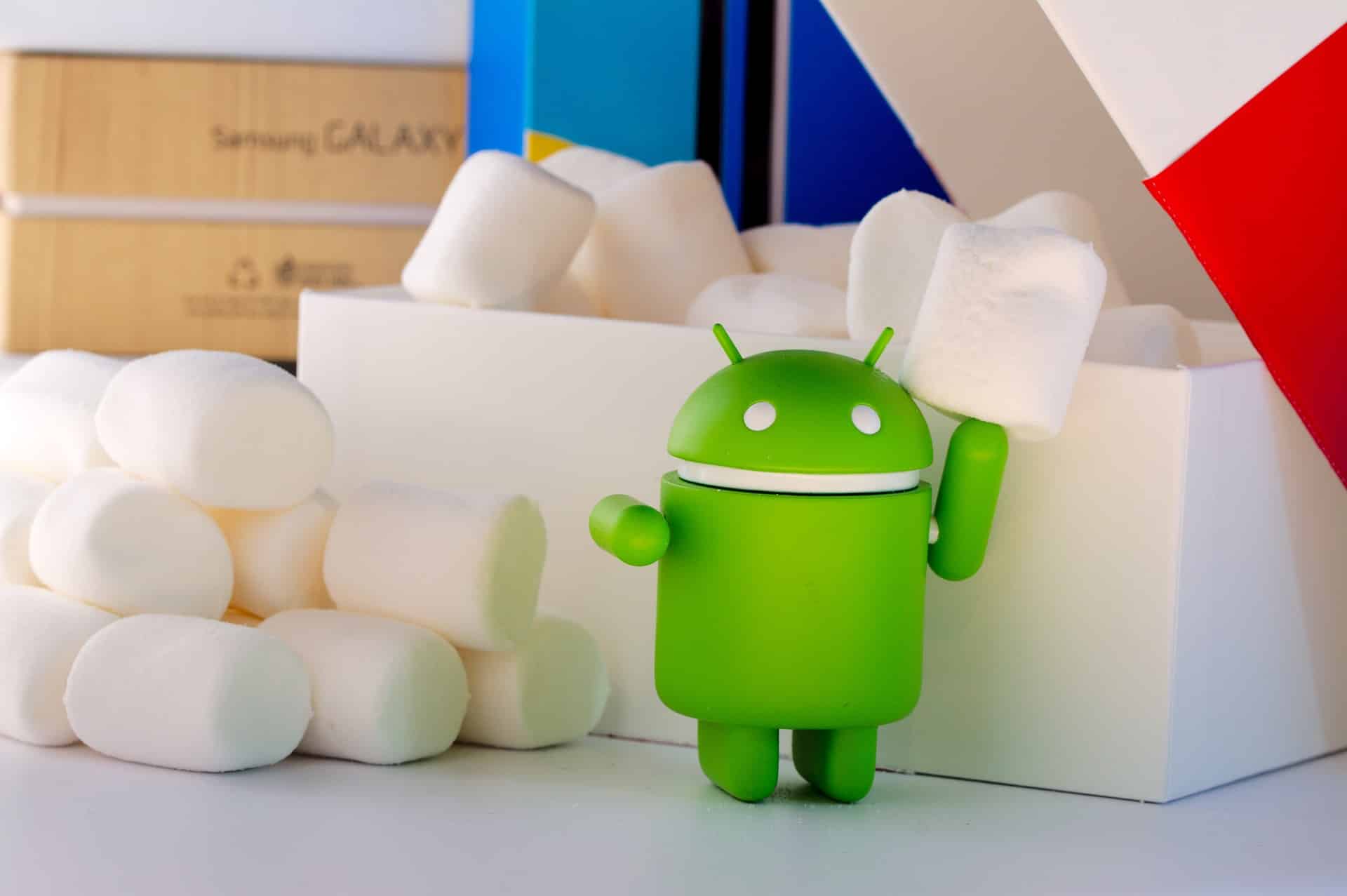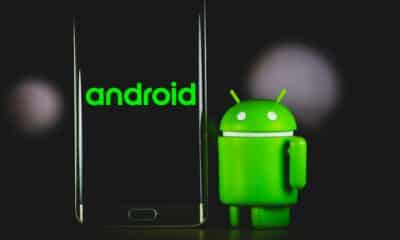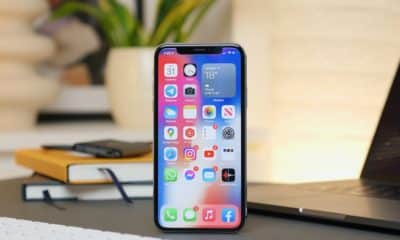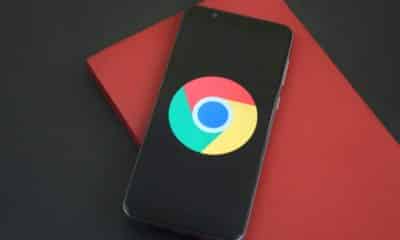Phones
DalvikVM – Android Virtual Machine

DalvikVM is a virtual software machine for Android. It is based on the concept of “Just-in-Time (JIT) compilation,” which makes the application code run faster and more efficiently than other virtual machines. DalvikVM has been designed to provide a good user experience for applications on the Android platform while also providing powerful performance at runtime. The Dalvik VM allows applications to be executed by calling Dalvik methods – this differs from Java VM, which calls native methods JNI/Linking or Applet where it does not have direct access to hardware resources.
The JIT virtual machine uses a Just-In-Time compilation process for faster execution, which will result in superior performance compared to alternatives like interpreting or dynamic linking. DalvikVM also supports 64-bit computing. In addition, the Dalvik virtual machine makes the Android operating system lightweight and efficient, so it doesn’t need to carry around as many resources or code as other platforms.
What is a virtual machine, and why do we need it?
A virtual machine is a software implementation of a CPU that runs on top of the existing operating system. It allows the operating system to run multiple operating systems simultaneously on the same hardware without rebooting or shutting down any of them. This saves time and energy, as well as increases security.
Google maintains VM for Android. They created it to be part of their Android platform to support 3rd party applications that need special features, such as emulating x86-based devices or running Java Virtual Machine-based apps on Android phones.
Android apps are not native apps, so how do they work anyway?
The word ‘virtual machine’ can be defined as an emulated computer running a guest operating system. The software that runs it makes it appear as if the guest operating system is running on the physical computer. For example, the Android ecosystem uses a virtual machine to run apps that are not native to Android. These apps are designed for Windows or Mac computers but modified to run on Android phones and tablets.
This means that some features behave differently in virtual machines compared to native apps, but overall they work pretty much like any other app. Android apps can run on low-powered devices without any performance degradation. It also supports different architectures and CPU architectures — making it a mainstream platform for mobile devices of all shapes.
The Advantages vs. Disadvantages od Dalvik Virtual Machine
The advantages of the Dalvik virtual machine are its ability to improve performance and memory usage. It also enables effective resource management by eliminating many system calls and avoiding unnecessary memory leaks by caching compiled code on a disk.
While Dalvik is capable of running on a wide range of hardware configurations, it has certain limitations. It does not support bytecode verification, and therefore, user experience is affected by this issue. Moreover, it is resource-intensive and takes a lot of time to process.
This causes lag in performance, resulting in low-quality applications that don’t perform well on screen or device level errors such as crashes and freezes. But, of course, if you use Android app development for personal use, you might not be concerned about performance issues or screen or device levels errors such as crashes and freezes.
Virtual machines are crucial in the mobile world
The days of “perfect code” are gone, and today’s mobile world is much more complicated than Java coding. The use of virtual machines provides the option to create apps compatible with all types of devices. Virtual machines are crucial in the mobile world because of the complexity of coding in Java.
This is because developers have started to create apps for small screens, which means they have to create different versions for Android, iOS, and Windows app stores. However, this makes a huge problem that affects the time it takes developers to complete their work.
With virtual machines, developers can build apps once and then have them ready for all platforms with just a few clicks. These virtual machines also help reduce errors in code by compiling source code into native binaries instead of writing apps from scratch each time they do.
-

 Business5 months ago
Business5 months agoBest Technology Companies To Work For: 10 Top Picks For You
-

 Business5 months ago
Business5 months agoLatest Developments In Artificial Intelligence: 5 Best Breakthroughs
-

 Development and Hacking4 months ago
Development and Hacking4 months agoEmerging Technologies In Cyber Security: Full Guide In 2025
-

 Phones4 months ago
Phones4 months agoFind My Phone Using Google Account: Full How To Guide (5 Steps)
-

 Business4 months ago
Business4 months agoBest Tech Cities In The US: 7 Opportunities You Shouldn’t Miss Out
-

 Phones3 months ago
Phones3 months agoFind Samsung Phone: 6 Great Ways To Find Lost Or Stolen Device
-

 Phones2 months ago
Phones2 months agoAll Google Apps: Ultimate Guide For The Most Useful Ones (2025)
-

 Phones2 months ago
Phones2 months agoSwitch From iPhone To Android: 7 Reasons For Switching Sides




























